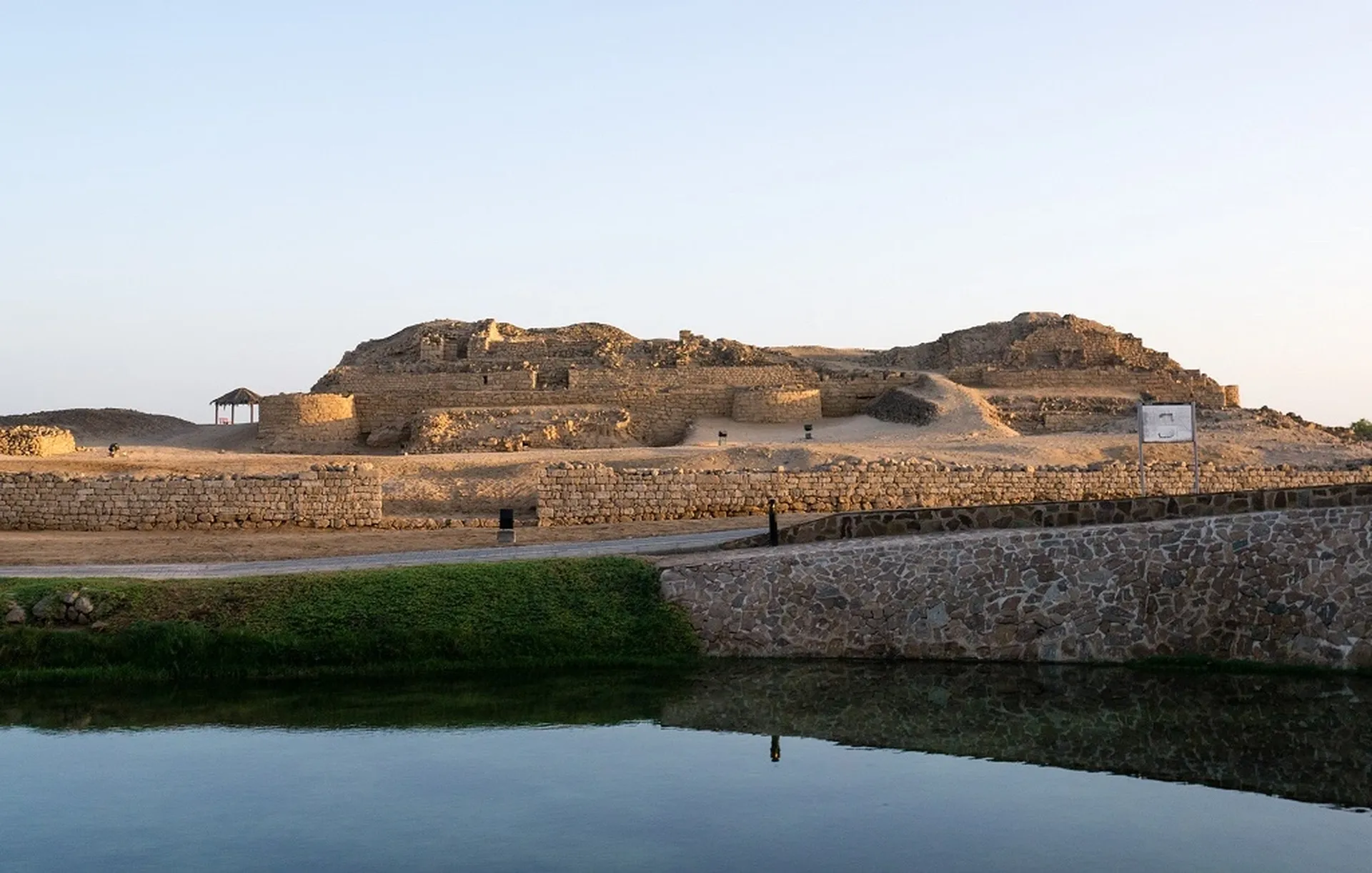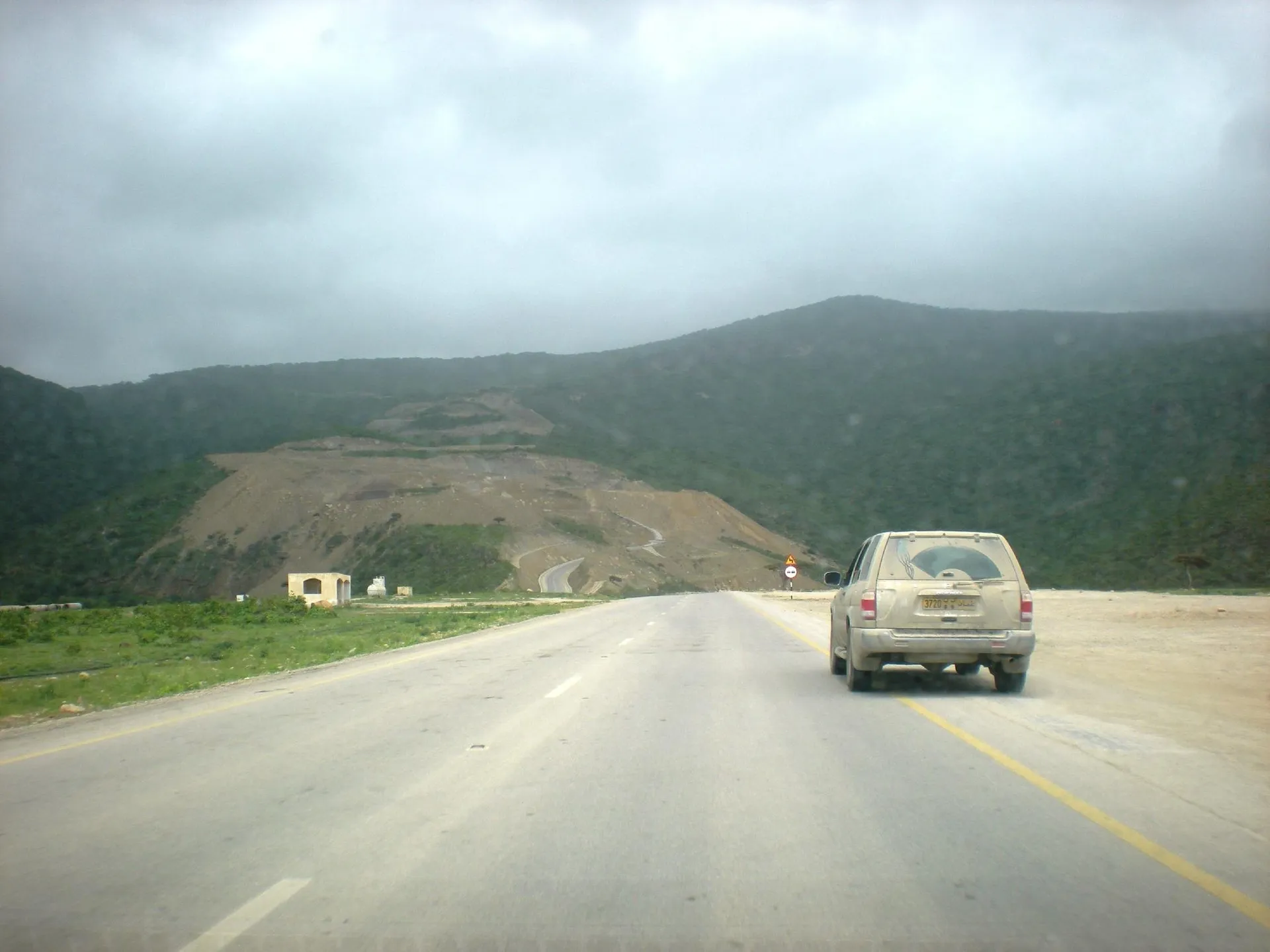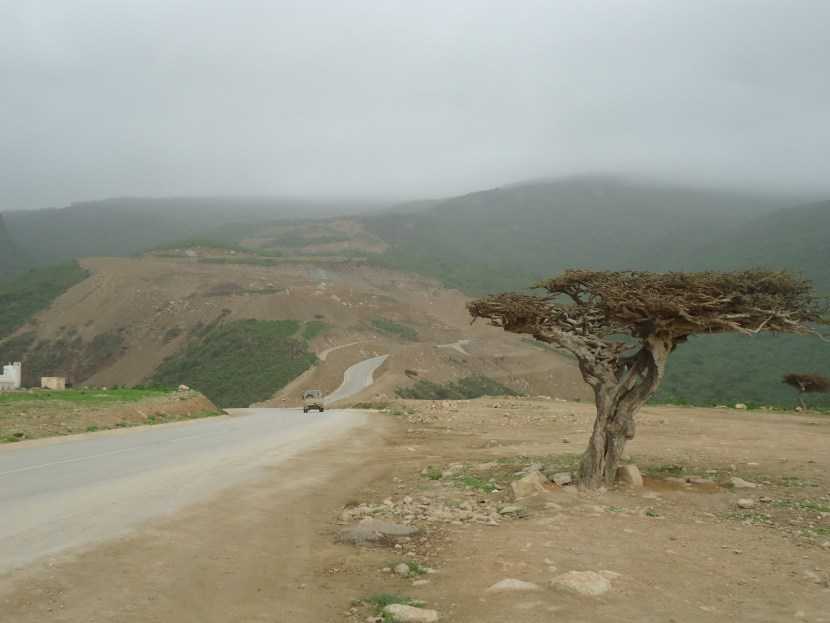Earth Gravity Controversial Salalah

Whispers of an anomaly have turned into a roaring debate amongst geophysicists and tourists alike: Is gravity subtly different in Salalah, Oman? Unsubstantiated claims of cars rolling uphill and altered athletic performance have sparked a wave of speculation, forcing the scientific community to address the unusual attention focused on this coastal city.
At the heart of this controversy lies anecdotal evidence and viral videos contrasting sharply with established geophysical models. This article delves into the claims, the scientific investigation, and the potential explanations – ranging from optical illusions to yet-undiscovered geological phenomena – behind the so-called “Salalah Gravity Anomaly,” as it's increasingly being referred to.
The Claims: Cars Uphill and Unusual Physics?
The primary claim stems from a specific stretch of road near Salalah, where vehicles appear to roll uphill when placed in neutral. Numerous videos circulating online depict this phenomenon, fueling the perception that gravity is somehow weaker or reversed in this particular area. Some tourists report feeling lighter or experiencing unusual physical sensations in the vicinity.
Beyond the roadside anomaly, anecdotal reports suggest altered athletic performance. Some visitors claim they can jump higher or run faster in Salalah compared to their home locations. These claims, while intriguing, lack rigorous scientific backing.
The Science: Debunking or Discovering?
Initial scientific responses have largely focused on debunking the claims as optical illusions. Sloping landscapes can create a false impression of uphill movement, even when the road is actually declining slightly. This effect is often amplified by the lack of a clear horizon, making it difficult to judge the true gradient of the terrain.
However, the persistence of the claims and the scale of the online attention have prompted more formal investigations. The Sultan Qaboos University has reportedly initiated preliminary studies using GPS and accelerometer data to map the precise topography of the affected areas.
According to a statement released by Dr. Aisha Al-Naamani, a geophysics professor at the university, "While initial data suggests the phenomenon is likely an optical illusion, we are conducting further investigation to rule out any underlying geological factors." This ongoing research seeks to definitively determine whether any unusual gravitational variations exist.
Potential Explanations: From Illusions to Hidden Masses
If the claims are not simply optical illusions, several other explanations could be considered. Subsurface geological structures, such as unusually dense rock formations, could potentially influence local gravitational fields. However, such variations would likely be subtle and detectable with sensitive gravimeters.
Another possibility, albeit a more remote one, is the presence of underground voids or caverns. A significant void could theoretically reduce the local density, leading to a slight decrease in gravitational pull. However, the scale of such a void needed to produce a noticeable effect would be considerable.
Some fringe theories even suggest the presence of buried metallic deposits or unusual magnetic fields. These ideas, however, are largely unsubstantiated and lack credible scientific evidence.
The Tourist Boom and Economic Impact
Regardless of the scientific explanation, the “Salalah Gravity Anomaly” has undeniably boosted tourism to the region. Visitors flock to the area to experience the supposed phenomenon firsthand, driving economic activity for local businesses. Tour operators now offer “gravity hill” tours, capitalizing on the public's fascination with the mystery.
The Omani Ministry of Tourism acknowledges the increased interest but emphasizes the importance of responsible tourism. They encourage visitors to respect the environment and local customs while exploring the area.
Looking Ahead: Scientific Scrutiny and Public Perception
The "Salalah Gravity Anomaly" remains a subject of ongoing debate. As scientific investigations continue, a definitive explanation is expected to emerge. Whether it confirms an optical illusion, reveals a minor geological anomaly, or unearths something truly unexpected, the situation highlights the power of public curiosity and the importance of scientific rigor.
Ultimately, the future of the "Salalah Gravity Anomaly" rests on the evidence. Until compelling data emerges to support claims of altered gravity, the prevailing scientific view will likely remain skeptical. However, the allure of the unexplained will undoubtedly continue to draw visitors and fuel discussions about the mysteries of our planet.


















